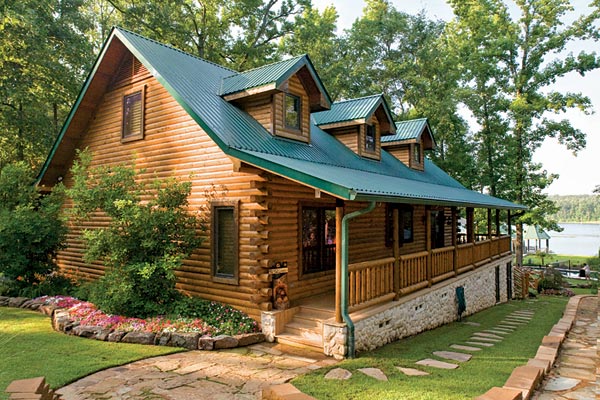As the world becomes more aware of the need for inclusivity, it’s important to consider how we can make our homes more accessible and welcoming to everyone. One way to do this is through the use of universal design, which focuses on creating spaces that are usable by people of all ages, abilities, and backgrounds.
What is Universal Design?

Universal design is an approach to creating products, environments, and spaces that are accessible and usable by all people, regardless of their age, ability, or background. It’s about creating spaces that are not only functional but also aesthetically pleasing and welcoming to everyone.
Universal design takes into account the needs of people with disabilities, but it also goes beyond that to consider the needs of people of all ages, from young children to older adults. It’s about creating spaces that are flexible and adaptable, so they can accommodate the changing needs of their users over time.
The Impact of Universal Design on Accessible Homes
When we think of accessible homes, we often think of homes that are designed specifically for people with disabilities. However, universal design goes beyond that to create spaces that are accessible to everyone, regardless of their abilities.
For example, a home that is designed with universal design principles might have wider doorways and hallways to accommodate wheelchairs and other mobility aids. It might also have lever-style door handles that are easier to grip than traditional doorknobs, making it easier for people with arthritis or other hand conditions to open and close doors.
Other universal design features might include lower countertops and cabinets in the kitchen, making it easier for people of different heights to use, as well as slip-resistant flooring to reduce the risk of falls.
By incorporating these and other universal design features into homes, we can create spaces that are not only accessible but also welcoming to everyone, regardless of their abilities or backgrounds.
The Impact of Universal Design on Welcoming Homes

In addition to making homes more accessible, universal design can also make them more welcoming to everyone. By creating spaces that are flexible and adaptable, we can create homes that are more comfortable and convenient to use for people of all ages and abilities.
For example, a home that is designed with universal design principles might have a main living area that is open and spacious, with plenty of natural light and easy access to outdoor spaces. This can make the home feel more welcoming and inviting, and can also make it easier for people to socialize and interact with one another.
Other universal design features might include adjustable lighting and temperature controls, as well as easy-to-use appliances and fixtures that are intuitive and user-friendly.
By creating homes that are both accessible and welcoming, we can ensure that everyone feels comfortable and included, regardless of their abilities or backgrounds.
Universal design is an important approach to creating inclusive and welcoming spaces that are accessible to everyone, regardless of their age, ability, or background. By incorporating universal design principles into our homes, we can create spaces that are not only functional but also aesthetically pleasing and welcoming to everyone who uses them.
Whether we are designing a new home or renovating an existing one, it’s important to consider how we can make our spaces more accessible and welcoming to everyone. By embracing universal design, we can create homes that are truly inclusive and welcoming to everyone who enters them.

